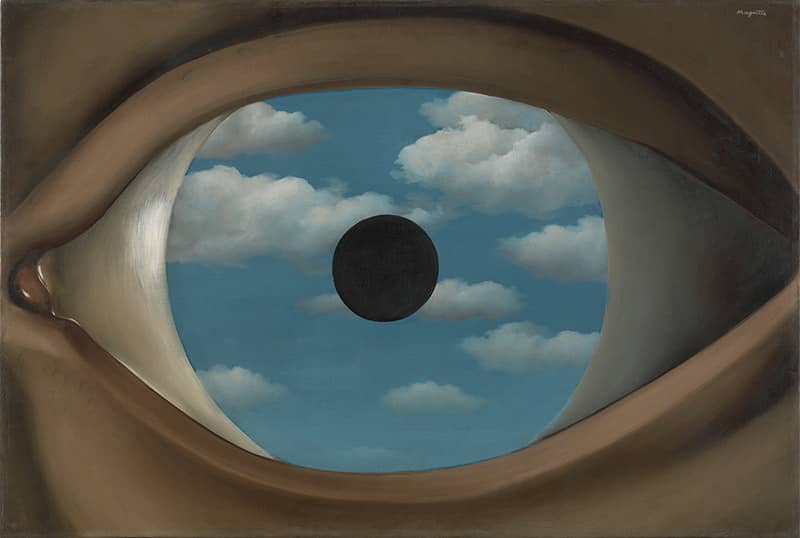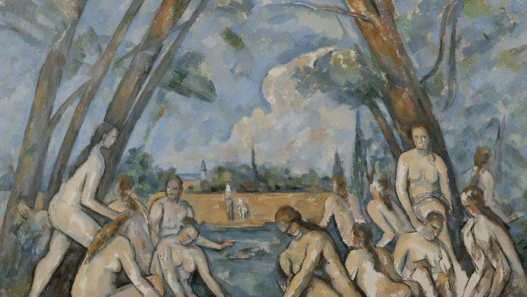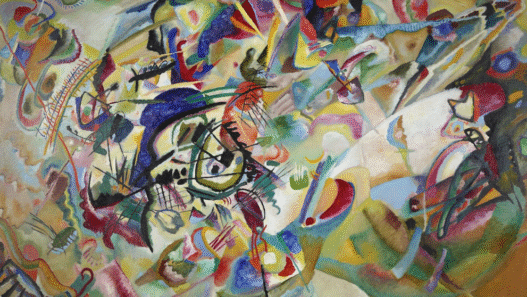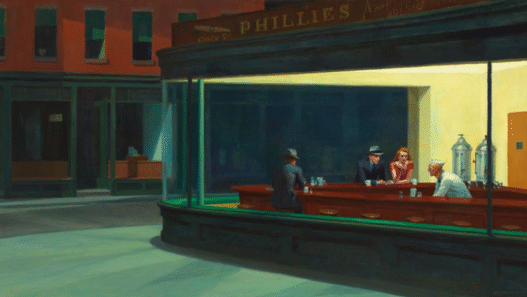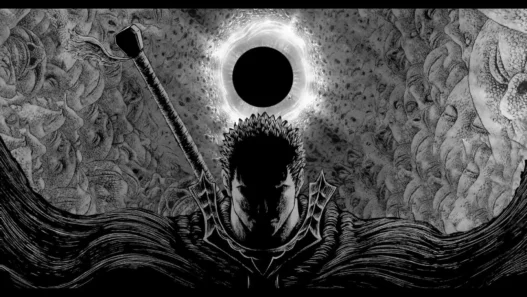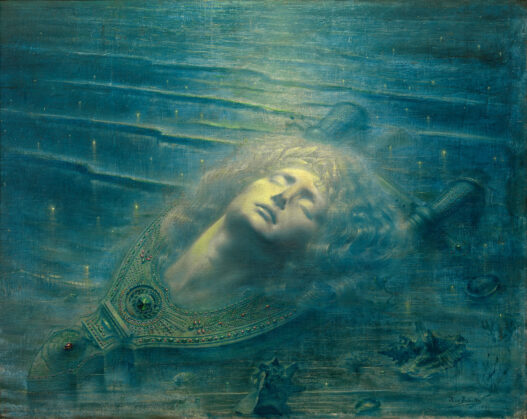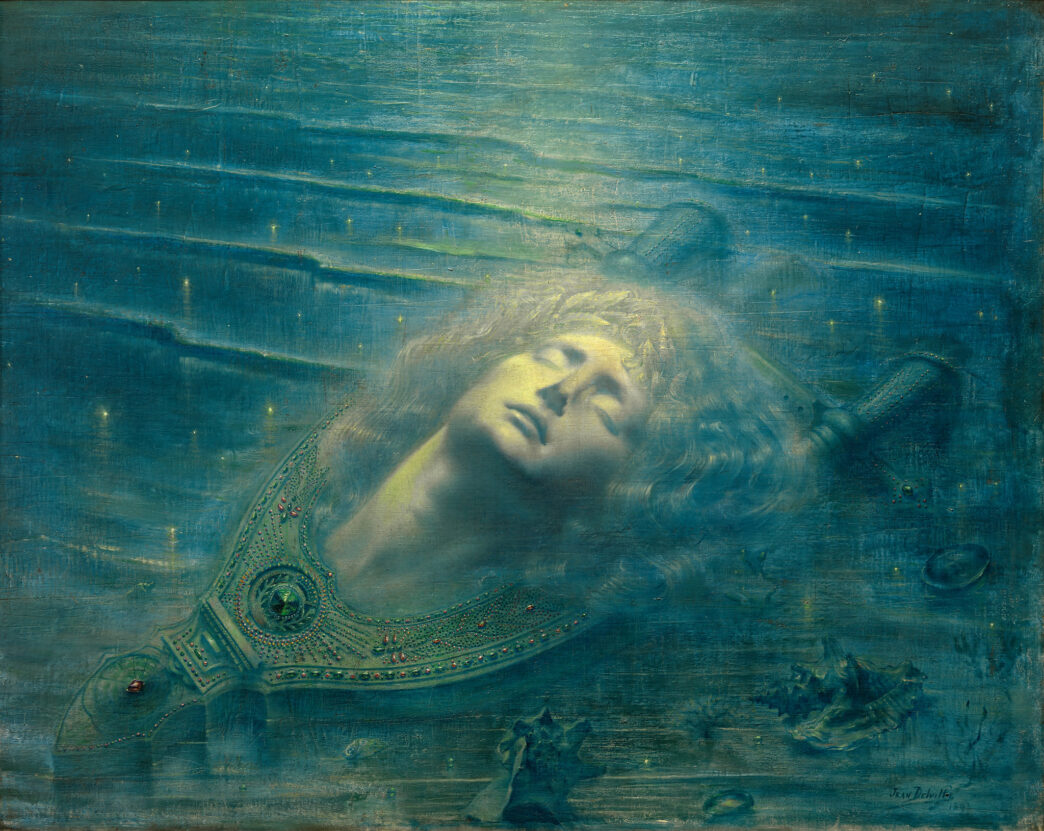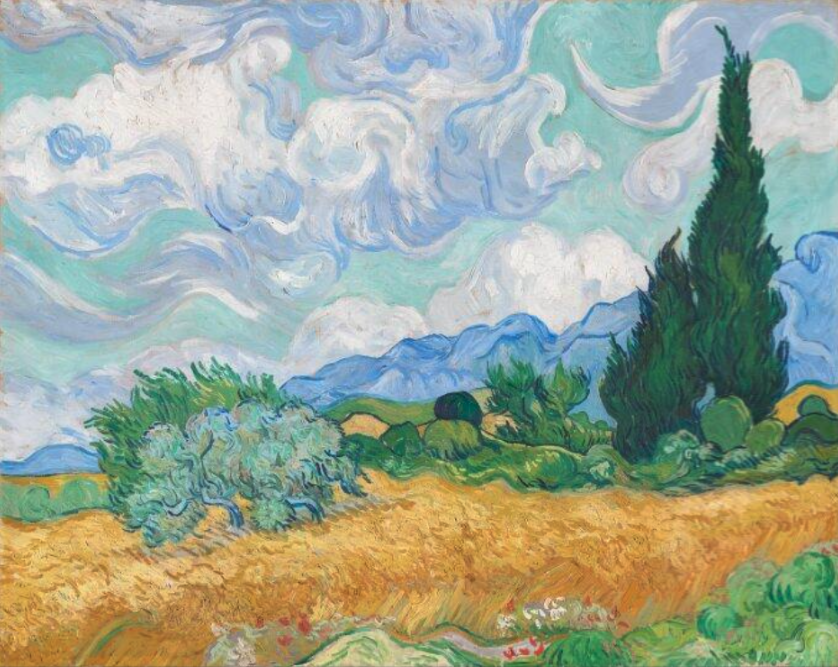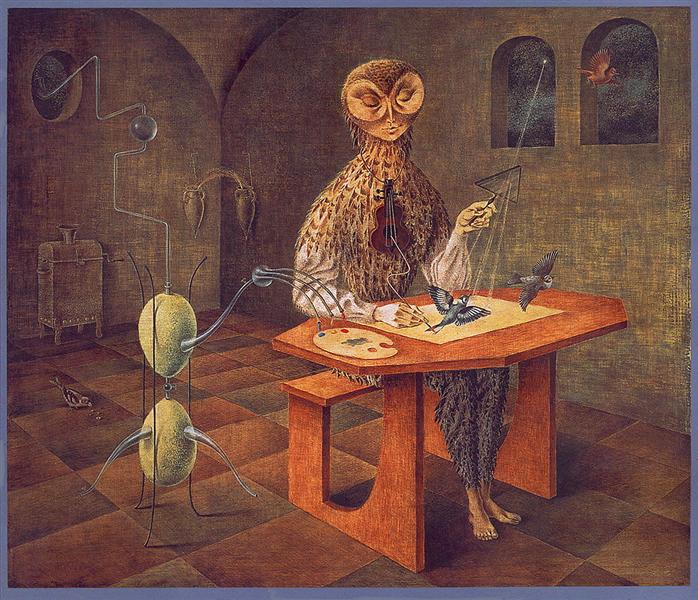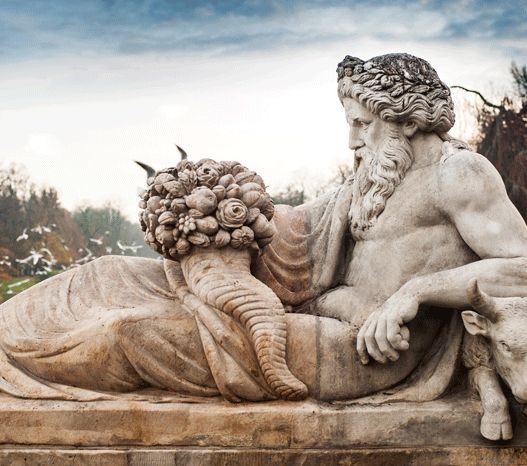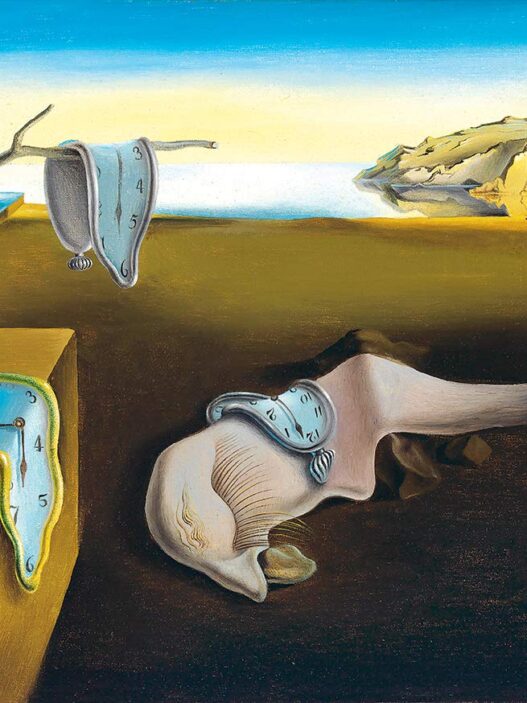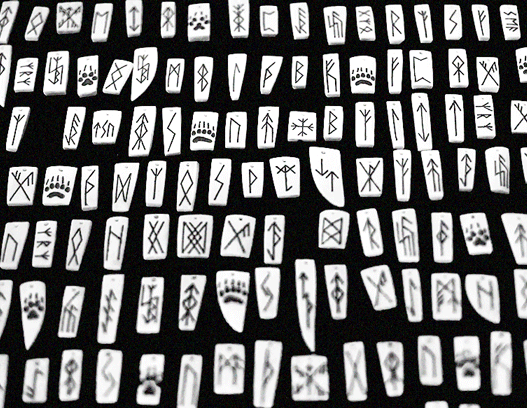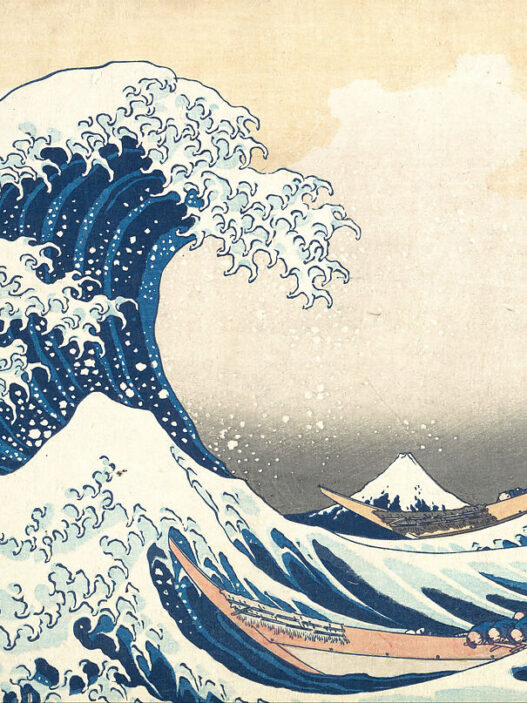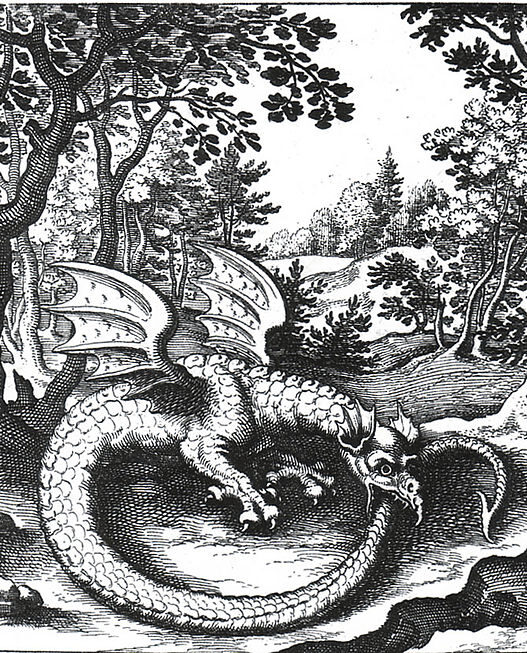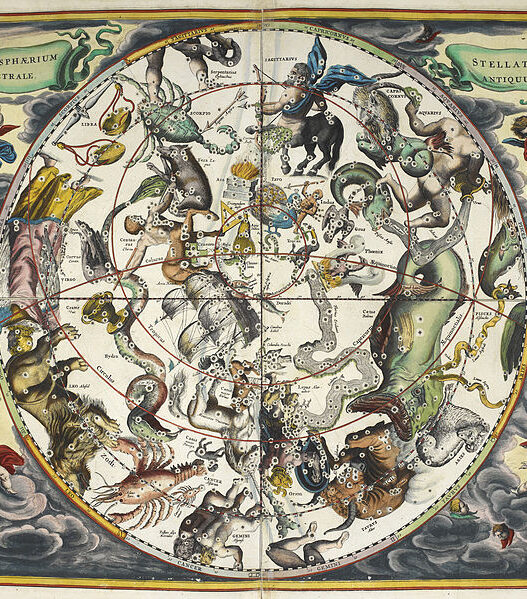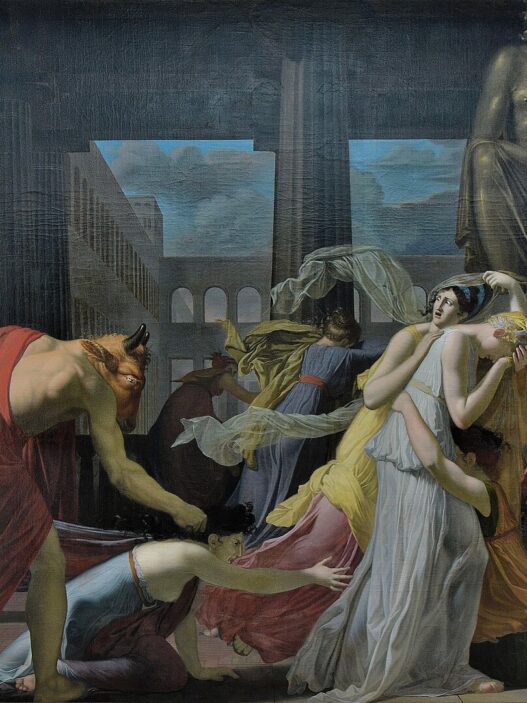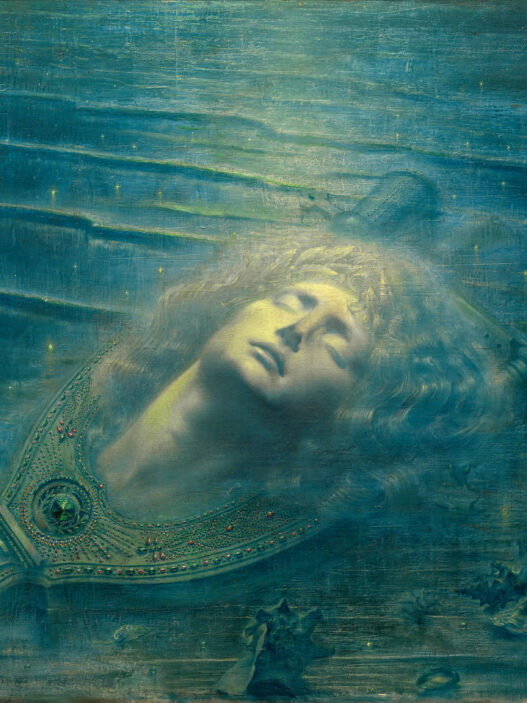From ancient cave walls to modern-day canvases, symbolism has always played a vital role in artistic expression. It helps us communicate complex ideas clearly. For today’s creatives, understanding the symbols every artist should know can unlock powerful storytelling tools. It also strengthens ties to centuries of artistic tradition.
Whether you’re building a new visual language or want to create more emotionally resonant pieces, start with these. Here are 9 timeless symbols every artist should know and keep in their creative toolkit.
The Snake – Rebirth, Temptation, Knowledge
A classic of symbolic art, the skull serves as a stark reminder of mortality. Associated with the Latin phrase Memento Mori—“remember you must die”—it urges reflection on the fleeting nature of life.
Historically, skulls appeared prominently in Baroque still life paintings and Gothic religious art. In these contexts, they conveyed spiritual warning or existential truth. In contemporary art, the skull continues to resonate.
Artists such as Damien Hirst have reimagined the skull to confront themes of consumerism, fame, and the fragility of the human condition. They often turn this symbol of death into a commentary on modern excess.
His 2007 piece For the Love of God is a platinum cast of a human skull encrusted with over 8,000 diamonds is a provocative reflection on wealth, mortality, and the commodification of death
Similarly potent is the serpent, a creature that has captivated the human imagination for centuries. Revered and feared in equal measure, serpents appear in global art traditions as symbols of both danger and protection.
From Mesoamerican gods to Southeast Asian deities, snakes have represented transformation, rebirth, wisdom, and chaos.
During the Renaissance period (c. 1400–1700 AD), artists depicted serpents in a range of styles—from intricately stylised to strikingly lifelike—highlighting their ambiguous symbolic nature.
Whether evoking fear or conveying divine guardianship, the serpent remains a powerful motif.
You can explore a global perspective on this subject in greater depth via this dedicated study of snakes in Renaissance art.
The Tree – Life, Growth, Connection Between Worlds
A sacred motif across time—from Celtic knot trees to Norse mythology’s Yggdrasil—the symbolism of the tree reveals a profound map of existence. It ties earth, sky, and underworld together, acting as a bridge between worlds. The tree’s roots and branches mirror our unconscious and conscious lives. They represent the deep connection between physical reality and spiritual growth.
Take a look at the Symbolist movement in the late 19th century, where artists like Odilon Redon, Gustave Moreau, and Puvis de Chavannes employed motifs such as stars, flowers, and mythic figures. These are symbols every artist should know, used to convey deep emotion, spirituality, and explorations of the human condition in art.
In Robert Frost’s poem “The Sound of Trees,” the poet muses,
“I wonder about the trees. / Why do we wish to bear / Forever the noise of these / More than any other noise / So close to our dwelling place?”
This self-reflective question captures the intimate and enduring role trees play not only in nature, but in art and cultural imagination.
Across time and tradition, artists have portrayed trees as totemic icons, spiritual archetypes, and symbols of unity between the physical and metaphysical realms.
From their roots to their branches, trees embody a cosmic link between earth and sky. They symbolise both material existence and the possibility of transcendence.
This symbolic richness is beautifully explored in The Tree as a Symbol in Art, which traces how different cultures have interpreted the tree as a sacred axis connecting the human to the divine.
Additionally, in The Healing Place of Trees in Art, Timothy Kircher details how trees have served not only as aesthetic motifs but as sources of emotional and spiritual healing, reminding us of our deep-rooted connection to the natural world.
The Moon – Cycles, Femininity, Emotion
The moon, ever-changing and luminous, has long carried deep symbolic meaning across cultures and artistic traditions. Tied to mystery, dreams, and femininity, it reflects the phases of life and internal transformation—waxing, waning, and returning anew.
Since the dawn of civilisation, humans have looked up at this celestial body. They observed its nightly shifts and wove it into myths, calendars, and spiritual beliefs.
Nearly every culture has incorporated the moon into its worldview. They see it not just as a light in the sky but as a cosmic force that guides emotion, time, and transformation.
In visual art, the moon often serves as a symbol of longing, intuition, and the sorrowful beauty of change. Artists across time have used it to evoke both the sacred and the personal, from ancient cave paintings to contemporary works.
As explored in this article on WikiArt, the symbolism of the moon in art crosses geographical and historical boundaries. It has guided civilisations, inspired poetic vision, and shaped the emotional landscapes of countless masterpieces.
Let’s take a closer look at how the moon has appeared in some of the most compelling examples of symbolic art throughout history.
The Bird – Freedom, Soul, Message Between Worlds
Birds have fascinated humanity for millennia. They appear in visual culture as far back as the Lascaux cave paintings, created over 17,000 years ago. Their presence continues to soar across cultures and mediums from ancient mythology to contemporary stained glass and sculpture.
As creatures that effortlessly traverse land, sky, and sometimes sea, birds embody a transcendent perspective that has inspired generations of artists.
Numerous artists have drawn deeply on the symbolism of birds in their work. They use avian imagery to express themes of freedom, transformation, and the human spirit.
Pablo Picasso often portrayed doves, a motif inspired by his father’s love of birds and his own association of the dove with peace and hope.
Max Ernst, a key figure in the Surrealist movement, repeatedly used bird figures as alter egos. Through these, he explored ideas of personal metamorphosis, liberation, and the subconscious.
Likewise, Remedios Varo integrated bird imagery into her mystical and dreamlike compositions. For her, birds symbolised spiritual transcendence and the soul’s journey beyond the physical realm.
The owl, tied to the night and the unseen, represents wisdom, intuition, and sometimes foresight. Across cultures, birds serve as messengers, omens, or spiritual guides. They often act as bridges between the earthly and spiritual realms.
Birds are not only artistic subjects but spiritual symbols that echo deeper human aspirations. Their ability to fly has long been associated with freedom, hope, and the desire to transcend the physical world.
This aspirational quality sets birds apart from other animals. They are often placed near the divine. In many religious and mythological contexts, divine beings are depicted with wings or birdlike features, underscoring the spiritual elevation birds represent.
To explore more symbols every artist should know visit the Stained Glass Inc. blog and start building your visual library. Broader cultural examples can be found in collections like the British Museum’s art and artefacts featuring birds or in thematic resources such as WikiArt’s bird paintings across history.
The Labyrinth – Journey, Complexity, Inner Search
Less common than the spiral, the labyrinth holds a quiet but powerful symbolic presence.
In art and myth, it often symbolises psychological and spiritual exploration. You can read more in this dedicated post on The Symbolism of the Labyrinth in Myth and Art, which explores how this symbol has been used across cultures and visual traditions.
The labyrinth is also closely tied to the myth of the Minotaur, a creature of the subconscious and shadow. This connection is further explored in The Profound Symbolism of the Minotaur.
From the tree of life to the eye, spiral, and serpent, the labyrinth is just one of the many symbols every artist should know. These symbols open a window into the collective unconscious and deepen the message behind your creative work.
To explore how these visual metaphors are used in practice, visit our articles on Van Gogh’s use of symbolism and Böcklin’s Sacred Grove, where myth and mystery shape entire landscape.
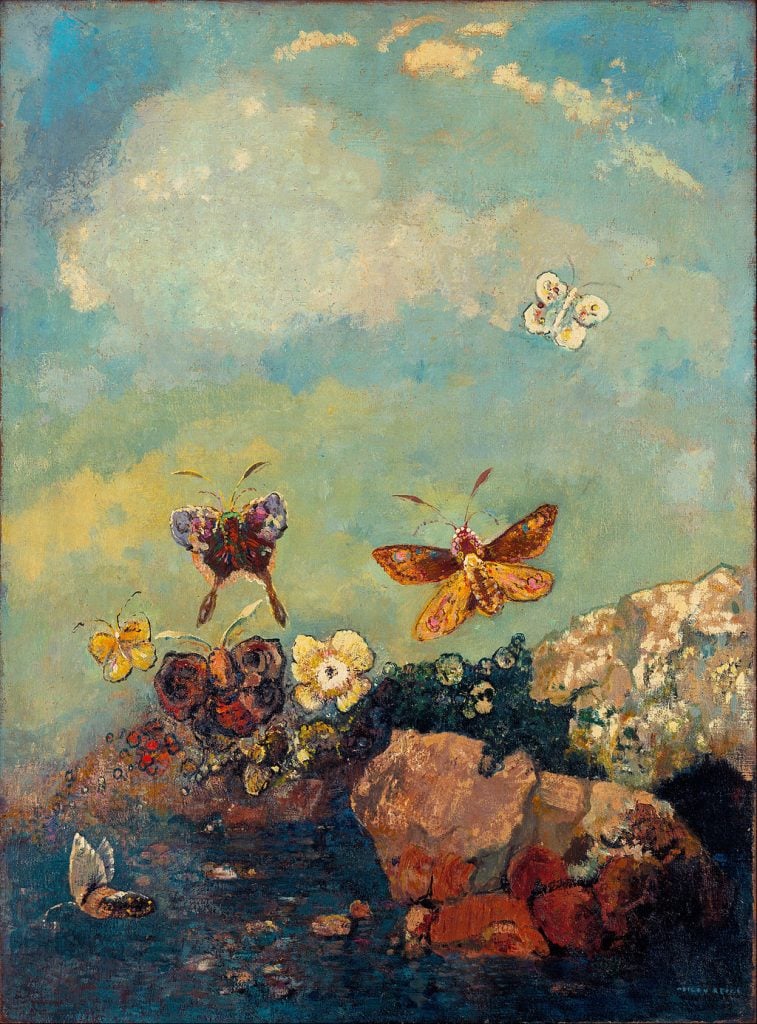
The Butterfly – Transformation, Soul, Renewal
Butterflies and moths evoke beauty, fragility, and total transformation, making them essential symbols every artist should know. Across many cultures, they represent the soul’s journey and the profound cycles of life, death, and rebirth. In Aztec tradition, butterflies were believed to carry the spirits of fallen warriors, while in European art, their delicate wings often signal change, resurrection, or spiritual awakening.
This spiritual connection was so powerful that, in 17th-century Ireland, an edict forbade the killing of white butterflies, believed to be the souls of children.
Understanding why symbolism is important in art helps artists and viewers alike grasp the layered meanings behind such imagery. If you’ve ever wondered, “what do the symbols in my art mean?”, butterflies and moths provide a compelling example of how symbols can express transformation, fragility, freedom, and the eternal cycle of life and death.
Many ancient civilisations believed that butterflies symbolised the human soul. This belief deeply resonates in Irish mythology, where butterflies—called ‘Féileacáin’—are thought to be the spirits of the departed. These spirits return to visit their favourite places and loved ones, offering reassurance and comfort. So profound was this belief that, up until the 1600s, it was against common law in Ireland to kill a white butterfly, as they were considered to hold the souls of deceased children
Across cultures, butterflies remain powerful physical symbols of the soul. For example, Native American legends speak of butterflies carrying wishes to the Great Spirit in heaven. This rich symbolism inspired the name Féileacáin, chosen to honour children and offer hope to bereaved parents on their journey of loss. You can learn more about the meaning behind the name here.
Six Prominent Artists Who Use Butterfly Symbolism
Damien Hirst
Famous for his butterfly installations and motifs, Hirst uses butterflies to explore themes of life, death, and beauty.Salvador Dalí
Dalí incorporated butterflies into his surreal compositions as symbols of metamorphosis and the unconscious mind, blending dreamlike imagery with delicate transformation.Frida Kahlo
In Kahlo’s work, butterflies often symbolise rebirth, pain, and the resilience of the spirit, reflecting her personal struggles and emotional journey.Marc Chagall
Chagall’s vibrant paintings feature butterflies as emblems of freedom, hope, and spiritual transcendence, often woven into his folkloric and dreamlike scenes.Robert Rauschenberg
Rauschenberg used butterfly imagery within his combines and mixed-media works to express themes of change, freedom, and ephemerality.Georgia O’Keeffe
While less directly associated with butterflies, O’Keeffe’s floral paintings evoke a similar sense of natural beauty and transformation that resonates with butterfly symbolism.
The Circle – Wholeness, Infinity, Unity
Often overlooked, the circle is arguably one of the most powerful and enduring symbols every artist should know. Its simplicity masks a profound depth of meaning. It represents totality, infinity, unity, wholeness, and the cosmos
Artistic traditions worldwide include this universal motif, which evokes completeness and cyclical time. These qualities resonate deeply within the human experience.
From the meditative Zen ensō paintings, where a single brushstroke forms a perfect circle symbolising enlightenment and the void, to the intricate sacred mandalas in Hinduism and Buddhism that map the cosmos and guide spiritual contemplation, circles invite viewers into a space of reflection and harmony.
Understanding the symbolism of the circle in art is essential for any artist seeking to infuse their work with meaning and emotional resonance. The circle’s geometry naturally draws the eye inward, creating a focal point that suggests balance and perfection. This makes it a foundational element not only in religious and spiritual art but also in modern design and abstract compositions.
For further exploration of the circle’s rich symbolic history, visit The Metropolitan Museum of Art’s overview on geometric symbolism. You can also explore the cultural significance of the ensō in this insightful article on The Zen Circle by The Art Story.
Make Symbolism Your Own
The most powerful symbols every artist should know are those you reinterpret through your own voice. Don’t simply copy their traditional meanings. Instead, dig deep and explore what each symbol means to you personally. After all, your creation is uniquely yours and should serve your artistic vision.
